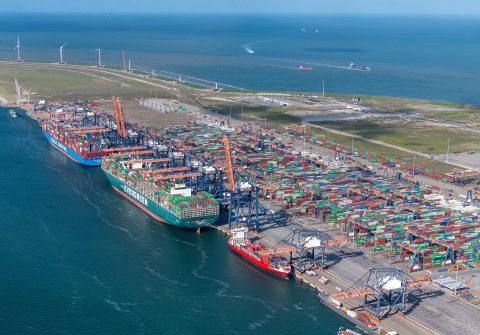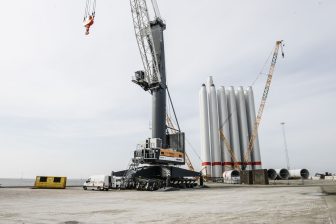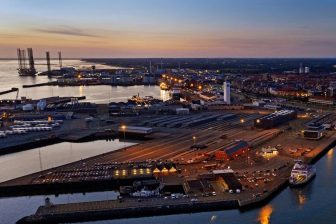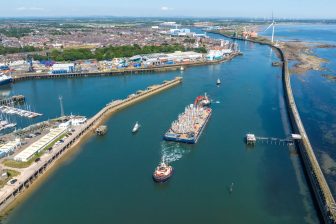
Port of Rotterdam’s general cargo throughput on the up
General cargo throughput at the Port of Rotterdam in the first quarter surpassed the figures reported in the corresponding quarter of 2023. According to the latest quarterly report by the Port of Rotterdam, other general cargo throughput for the first quarter of 2024 landed at 1.46 million tonnes, 7.4 per cent above the Q1 2023 figures.
The total breakbulk throughput was pegged down by RoRo traffic, decreasing 1.9 per cent, from 7.95 million tonnes in Q1 2023, to 7.8 million tonnes during the quarter under review. RoRo throughput fell by 3.8 per cent to 6.3 million tonnes compared to the first quarter last year, as volumes to the UK still show no recovery.
Total throughput at the port of Rotterdam fell by 1.4 per cent in the first quarter of 2024 compared to the same period last year. In the first three months of this year, throughput was 110.1 million tonnes compared to 111.7 million tonnes in the first quarter of 2023. The decline is mainly due to less throughput of coal, crude oil and oil products. Throughput of iron ore & scrap and LNG increased. Container throughput was also on the rise, with a 3.3 per cent uptick.
Read more: Port of Rotterdam’s breakbulk throughput slumps
Boudewijn Siemons, CEO & Interim COO of the Port of Rotterdam Authority, “The throughput figures show limited imports of raw materials and exports of finished products. This tells us that European industrial production is still suffering from high energy prices and low demand from the biggest declining sectors such as construction and the processing and automotive industries. From the growth in container throughput, we see the first signs that world trade is picking up. However, these tentative signs remain highly uncertain due to rising global tensions.”
Containers throughput
The container segment is showing a slight increase in throughput for the first time in three years. Throughput in tonnes showed an increase of 3.3 per cent from 31.5 million tonnes to 32.5 million tonnes.
According to the Port Authority, the situation in the Red Sea resulted in significantly fewer ships (-24.5 per cent) and less volume from Asia (-13.7 per cent) in January and February due to delays and missed sailings. Fitting in the changed sailing schedules initially led to the necessary adjustments in the logistics chain.
Overall demand for freight is virtually unaffected. That situation is now under control. In March there were significantly more ships arriving (11.5 per cent) and volumes from Asia recovered. Volumes in the other shipping areas also showed a positive result.
Cautious economic recovery and destocking are contributing to this. Feeder traffic from Rotterdam to Mediterranean seaports also shows a strong increase (29.0 per cent). As ships divert via the Cape of Good Hope and ports are bypassed, cargo destined for this region is shipped from Rotterdam to Mediterranean ports via feeder ships, the Port Authority said.
You just read one of our premium articles free of charge
Register now to keep reading premium articles.



